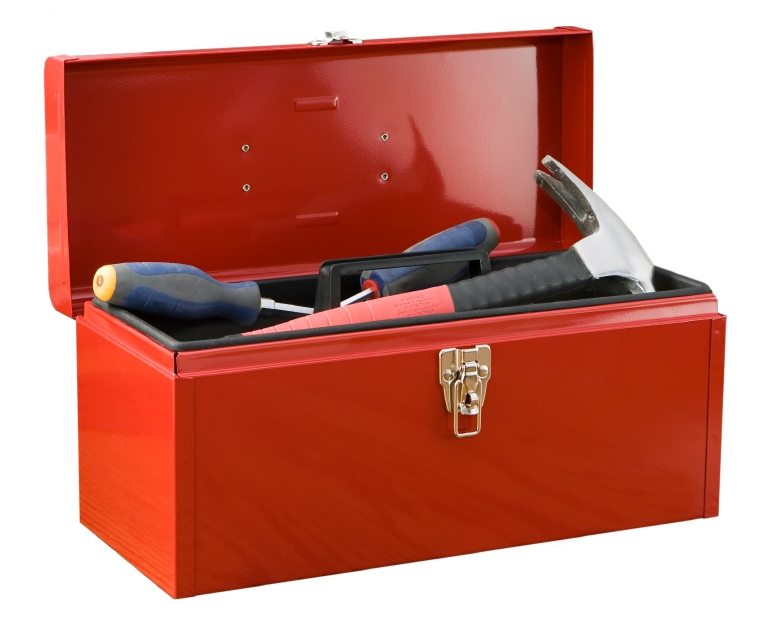I’ve heard this question several times: “Which CAT tool is the best?”
Although I’ve been using only memoQ for over one year now, I believe the best tool (in general, not just for translation) is the one that better fits both you and the occasion. You don’t use (or should not use) a screwdriver as a hammer. Likewise, every file format requires a proper tool.
Before using memoQ I used Wordfast for quite a while, and it served me perfectly well. I just migrated to memoQ when I started to receive projects in formats other than .doc, which Wordfast handles well. It’s also ok with .xls spreadsheets and .ppt presentations, but it’s not unusual for Wordfast to get confused with these files, and then you’ll have a problem.
memoQ, on the other hand, handles well many file formats. Therefore, it was essential for me to change my translation tool if I wanted to keep translating those different file formats. No regrets whatsoever so far, since I currently receive really few .doc files.
If you work only with .doc files, Wordfast is the cheaper and most logical option. And will serve you very well.
Another thing to consider is the learning curve. The best tool for you is the one you feel confortable with. You know its shortcuts, commands and features; it improves your productivity. CAT tools aren’t that difficult to figure out, but I know some colleagues who struggle with them, especially their shortcuts. My hint for the first days with a new tool: print a shortcut list (program Help section usually has it) and leave it beside the keyboard. It helps a lot!
In short: there is no such a thing as ONE better tool. There’s a better tool for you to use in that particular project. You should be familiar with more than one tool. A few tricks to convert files among them are also a handy resource in a translator’s toolbox. That way you can cover more job possibilities on a daily basis.

